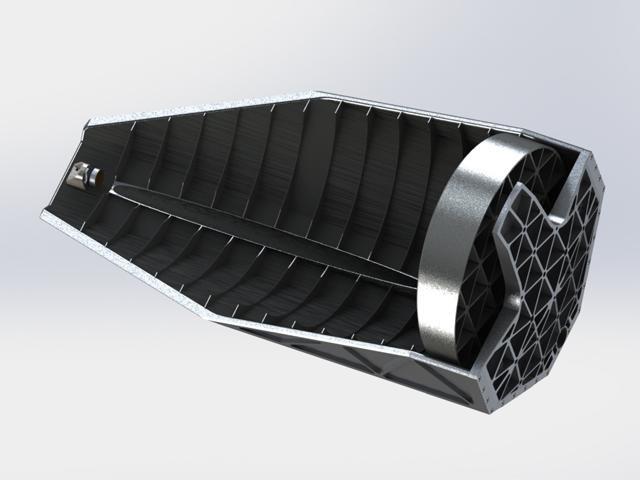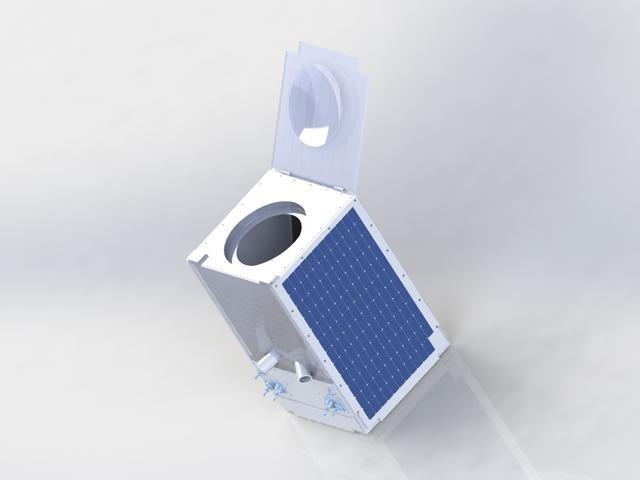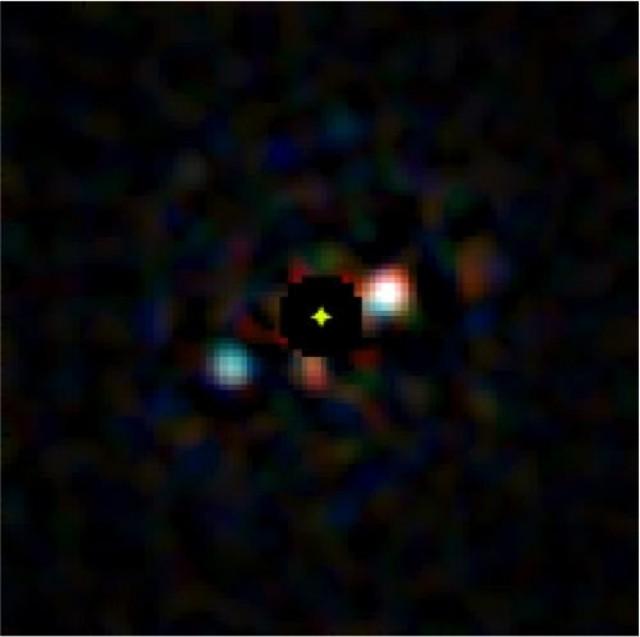Astronomers hunt for other Earth-like planets in Alpha Centauri
The interest in Earth-like worlds is alive and well, thanks to the efforts of scientists who dedicate their lives to studying stars beyond our own. The search for these elusive exoplanets is about to get more exciting, however: a new, private endeavor dubbed “Project Blue” has just been announced, and it plans to capture a direct image of such a planet in the Alpha Centauri system.
Alpha Centauri, which is the closest star system to our own, is home to three suns. Researchers have already discovered a planet orbiting the system’s smallest star, the red dwarf, Proxima Centauri. Though found in the habitable zone of said red dwarf, this Earth-sized planet won’t be the focus of the initiative.
Instead, Project Blue aims to discover and take visible-light images of Earth-like worlds possibly orbiting Centauri’s other two stars, Centauri A and B. Because these two stars are more similar to our sun, their systems are more likely to have the conditions necessary for the existence of an Earth-like planet.
“It’s plausible that there are Earth-like planets in Earth-like orbits around the two sun-stars in the Alpha Centauri system – and we’re going to go find out,” said Jon Morse, one the project’s leaders, and who also used to be a NASA program director.
“There is an extremely high level of urgency and desire on the part of the astronomical community to get out there and find exoplanets that we can actually image and characterize around nearby stars,” he added.
Morse is also the CEO of the private space research enterprise the BoldlyGo Institute, which he started with his colleagues. Project Blue, which is but one of their projects, is a collaboration with Mission Centaur, a nonprofit organization dedicated to studying Alpha Centauri; the Search for Extraterrestrial Intelligence (SETI) Institute; and the University of Massachusetts Lowell.
A modest telescope
The Centauri stars’ proximity to our Solar System means a telescope of modest size should allow scientists to directly view them and any orbiting planets.
“We don’t need a big giant telescope… we’re able to keep this telescope to roughly half a meter, and we can still explore that habitable zone,” Morse explained to Space.com.
A satellite will be used to contain the telescope and any other relevant instruments. The scientists hope to launch the entire assembly into our planet’s orbit as soon as 2019.


“We know we need to go to space for many of the hardest measurements to make, especially to directly image small planets around nearby stars that are Earth-class terrestrial planets, and the scientists all have this idea of finding Earth 2.0,” Morse explained.
The researchers are looking for ways to fund the project, but the expectation is that it will cost no more than $50 million, and no less than $10 million.
“The approach here is not taking a very expensive project and removing things you don’t need, like sculptures do,” said Supriya Chakrabarti, a Project Blue team member, an astrophysicist at the University of Massachussetts Lowell, and the director of said university’s Lowell Center for Space Science and Technology. “We’re trying to start with a fairly low-cost system that we have proven, and then try to see what we need to make this thing tailored for a very specific task as fast as we can and as low-cost as we can.”
The Pale Blue Dot
We’ve known of exoplanets for a while now, so why is Project Blue such a big deal?
So far, the exoplanets we’re aware of have only been detected via inference, not direct observation. For example, when surveying stars, NASA’s Kepler space telescope looks for slight dips in light, which is a telltale sign that a planet has just passed before the face of its parent star.
On the other hand, Project Blue aims to directly observe such planets, and photograph them – much like what NASA’s Voyager 1 did when it took a picture of Earth when the probe was 6 billion km from our home. This famous photo, which was taken in 1990, shows Earth as a pale blue dot – hence the name, “Project Blue.”
Any direct image the proposed telescope takes of an Alpha Centauri planet will likely look similar – a tiny colored pinprick consisting of a few pixels.

“We won’t resolve features on the planet,” stated Morse. “It will be a point source, a ‘pale blue dot’ just like the famous Voyager picture, seeing the Earth offset from the sun, but over two years’ time, we will see it move.”
Don’t let the image’s low resolution fool you; exhaustive analysis of the color of even a single pixel can tell us a lot about the planet, such as the chemistry of its atmosphere and surface. Its orbital behavior can inform us about its mass, volume, and even the composition of its internal structure. An assortment of other data can also give us clues about its temperature, whether or not it has moons, and more.
Coronagraphy
Directly observing planets, while potentially more rewarding, is actually far more challenging than simply detecting them. According to Morse, it can be likened to trying to find a firefly while gazing directly at the light from a lighthouse 10 miles away.
Despite these difficulties, advances in the coronagraphy imaging technique would make such observations possible.
“The coronagraph, the instrument type, goes way back,” said Morse. “It starts with observing the sun. When people discovered the corona, they did so by blocking out the disc of the sun so you could see faint things next to it. We’re borrowing that technique and applying it to blocking the light of another star so we can see a planet that might be a billion or more times fainter.”
“It’s a very daunting challenge (because) we’re trying to image the planets in the visible light, the light that we can see with our eyes,” explained Chakrabarti. “The planets are a billion, or maybe 10 billion, times dimmer than the stars themselves. Certainly, our sun is 10 billion times brighter than our Earth.”
To pinpoint the tiny dot of a planet, the instruments will have to block out light coming from both Centauri A and B. This can be achieved through the use of star shades and deformable mirrors that negate their glare.
Sadly, the same technique can’t be used to capture an image of the Earth-sized planet orbiting the aforementioned red dwarf. It’s far too close to its parent star for coronagraphy to be able to separate the light of the former from the latter.

A gamble
Because the scientists aren’t certain there are planets traveling around Centauri A and B, Project Blue is a gamble.
Taking the data accrued by Kepler into account, however, it’s rare to find a star without at least one orbiting planet. And we’re talking about two stars here, so the odds are in our favor.
“The good thing is that we have two sun-like stars, and therefore two chances,” said Morse. “Some people want to put the probability of finding at least one planet in one of the systems as high as 80 percent or more.”
Once discovered, the planet will open up a flood of opportunities for learning.
“Once something like this is found, all kinds of other people would look at it in different colors – infrared, which could then give you some idea of temperature and so forth,” Chakrabarti said. “We’re taking the first step. After that, there will be a lot more detailed investigations, which will tell us a lot more.”
Who knows? Maybe one day, we can even send robots to Alpha Centauri to give any planets found a more intimate look. — TJD, GMA News



